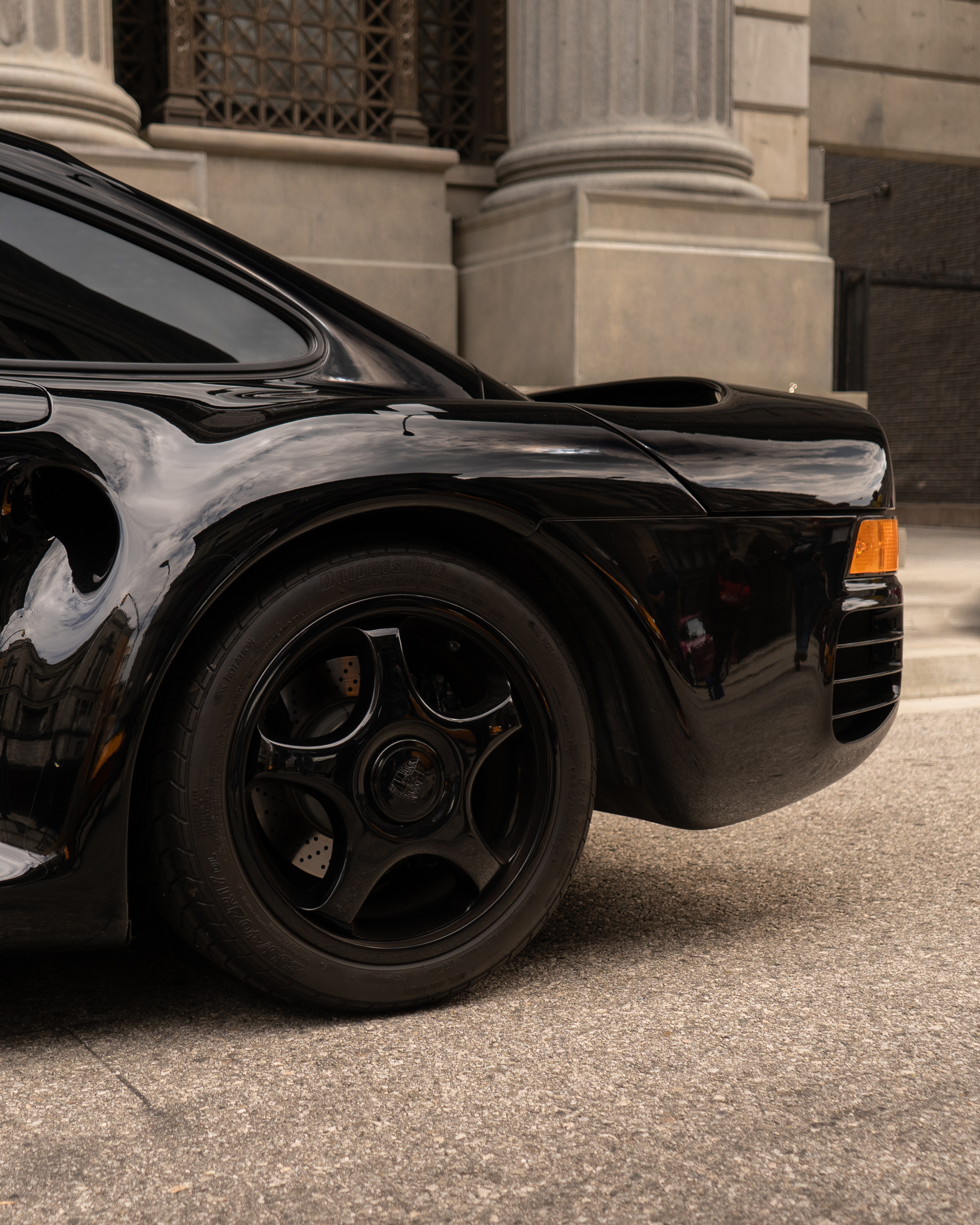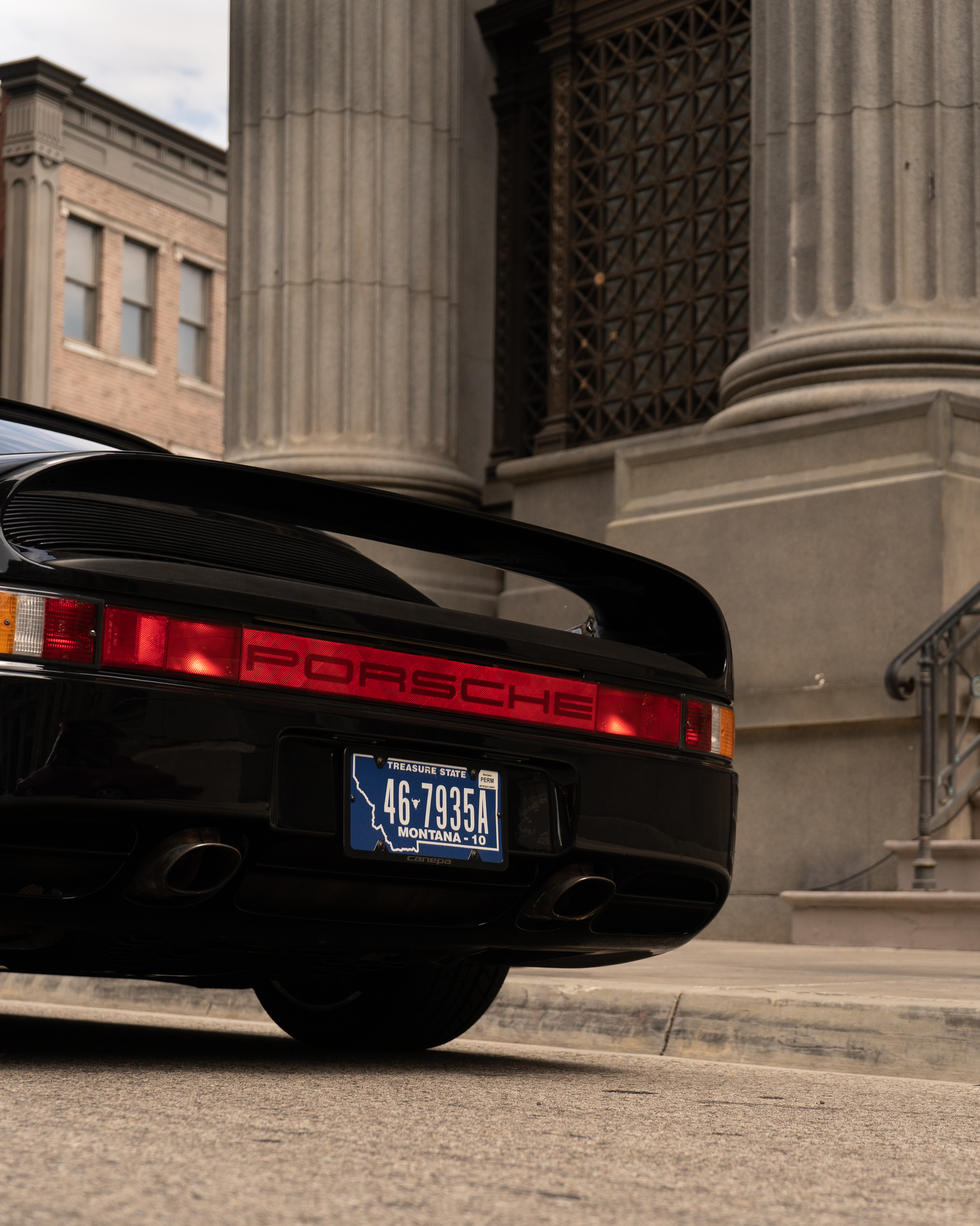Porsche 959

The Porsche 959 was based on the then-aging platform of the 911 but was also the ultimate form of what a 911 could and should be in the future. The car featured a first-ever 6-speed manual transmission, adjustable ride-height, driver-selectable torque split and twin-turbo 2.8L flat-six engine that produced 444hp and 369lb ft of torque that was sent to all four wheels. What made the car that much more innovative was the computing power needed to manage all the technology retrofitted to the vehicle. The innovative software managed the car's electronically controlled four-wheel drive, sequential turbocharging with computer controlled wastegates and electronically adjustable suspension. To manage all these systems, Porsche fitted the car with seven computers at a time when some cars had none.
The genius in the entire design was the ability of the computer to manage the car's drive system according to road conditions and load. Torque could be evenly split between the front and rear, or as much as 80% of power could be distributed to the rear wheels. The 959's electronic drive system came with 4-modes to choose from: normal, wet, snow and a lock-up mode that would evenly distribute power to the front and rear axle. All the while managing its suspension to keep the car as flat as possible during accelerating, braking and turning events.
If any of this technology sounds familiar to you, that is what makes the Porsche 959 such a groundbreaking car in automotive history. The 959 laid the foundation for what the ultimate 911, supercar (and now hypercar) should be. It should have adjustable suspension settings, adjustable ride-height, different driving modes, active suspension, a wide stance, and an unmistakable presence on the road. @car.talesa



















